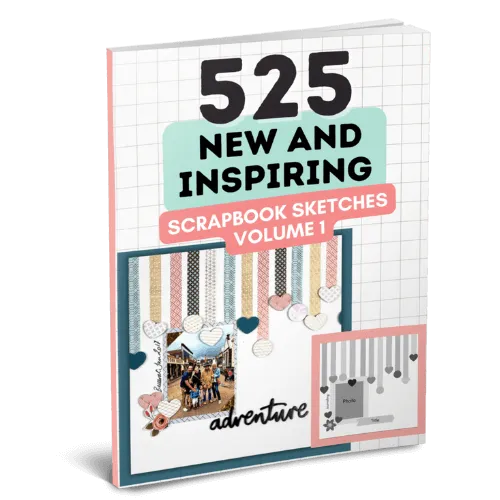WHAT TO PUT IN A SCRAPBOOK AND WHAT TO AVOID
You've already worked out that scrapbooking is awesome and are inspired by all the other amazing scrappers out there. However, it's really hard to decide what to place in a scrapbook when you first get started and still have your learning to scrapbook badge.
To help you make a start, here are some scrapbook ideas on what to set in a page and what to avoid.
Table Of Contents:
1.What to Put in a Scrapbook Page
a.Title or Words to Describe the Page
b.Include a Date
c.Use Stamps
d. Add Personal Touch
e.Use Memorabilia
2.What to Avoid
a. Avoid anything not Acid-free
b.Don't use Original Photos
c.Don't go overboard with Decorations
d.Don't include every single Photo
e.Avoid bulky Embellishments
3.Final Thoughts
WHAT TO PUT IN A SCRAPBOOK PAGE
A TITLE OR SOME WORDS EXPLAINING THE PAGE
Yes, scrapbooking is all about showcasing photographs in a creative way, but you also need the reader to understand what the photograph is about. Make sure to include either a title or some words explaining the page.
If you're a little stuck on the inspiration for a title, help can be found in our handy book, 10,000 Scrapbook Pages Titles.
Alternatively, a few notes in a journal-style will do a great job of adding some context to the photograph to help tell the whole story.
In the image below, the title and journaling are essential to telling the story behind these pictures.
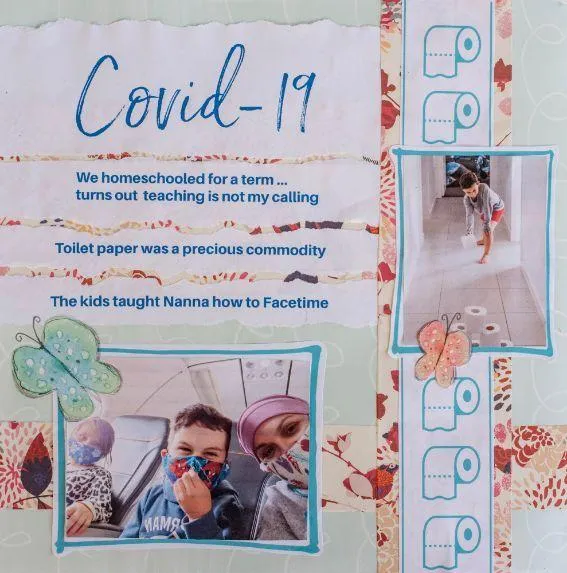
INCLUDE A DATE OR SOMETHING TO INDICATE THE ''WHEN'' OF THE PHOTOGRAPH
Often a date or something indicating the ''when'' of the photograph is just as important as a title. I mean, a photograph of a couple getting married makes it obvious what is happening, but the date someone got married is an important piece of information for the viewer.
Not every page needs a date, but it's useful for major events such as birthdays, holidays, concerts, family dinners, etc. as well as on the title page. The cover page of a dance scrapbooking album below shows the year the photographs are taken to indicate the ''when'' of the story.
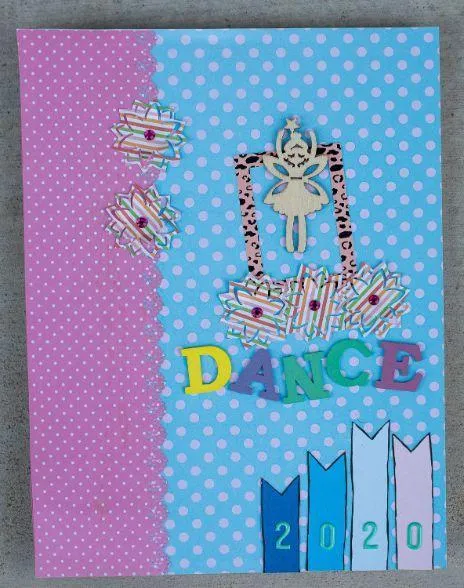
MAKE USE OF YOUR STAMPS
Make use of your stamps! They are an incredibly versatile scrapbooking tool for embellishing your scrapbooking pages. It doesn't matter if you use the older wooden-backed style or the newer clear stamps, they all look great at the end of the day.
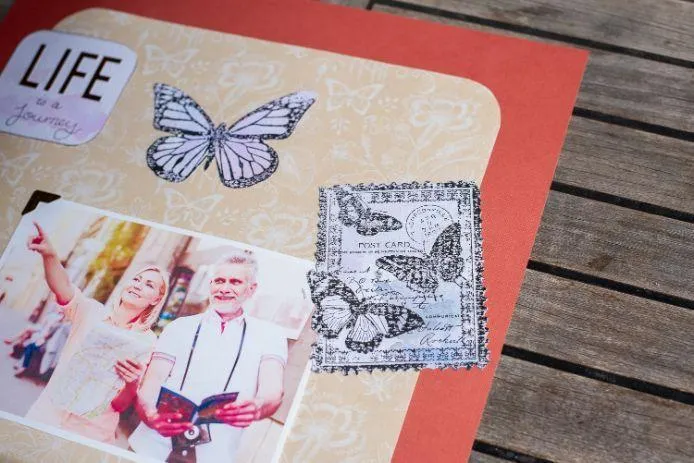


ADD A PERSONAL TOUCH WITH YOUR OWN HANDWRITING AND DRAWINGS
Handwriting some notes or using beautiful handwritten script-style lettering for the page titles is a great way to really personalize your page.
It doesn't have to be perfect, the nature of handwriting something yourself makes for an authentic scrapbooking page.
Alternatively, if you love getting creative with drawing or coloring, incorporate this into your scrapbooking page either on the background or in a DIY embellishment.
The vintage-inspired scrapbooking layout below uses some handwritten lettering on a DIY printable label.
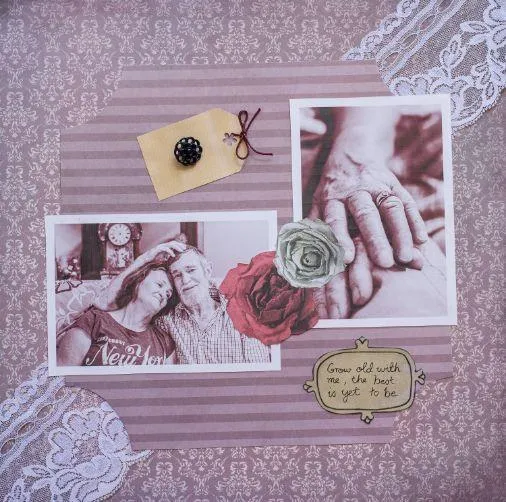
USE SOME MEMORABILIA TO HELP TELL YOUR STORY
Using memorabilia such as ticket stubs, buttons or an old piece of vintage lace that used to belong to grandma is an amazing way to preserve your memories on the pages of your scrapbook.
Make sure if it's a paper-type piece of memorabilia like a ticket that you scan it and reprint it on acid-free paper. There is more about this in the ''what to avoid'' section further down!
The photo below is an example of some old-fashioned ticket stubs that have been scanned and reprinted onto acid-free paper.
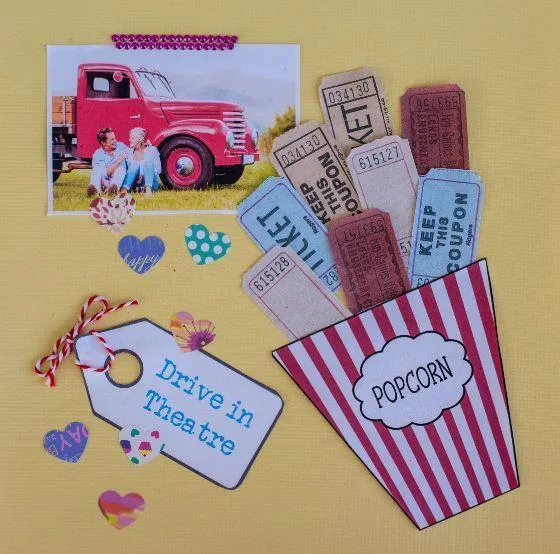
WHAT TO AVOID
AVOID ANYTHING THAT IS NOT ACID-FREE
Using paper, cardstock, stickers, and photographic paper that are not labeled ''acid-free'' has the potential to discolor and deteriorate your photographs over time. A chemical reaction will eventually occur that will ruin your photos!
Most quality scrapbooking supplies are acid-free and are labeled as such, but in particular, memorabilia such as old newspaper clippings and tickets, etc. will most definitely not be acid-free or archival safe.
It's good practice to scan these items and re-print them onto acid-free photographic paper. Look for the words pH-neutral, acid-free, or archival safe when buying scrapbooking supplies. You can see in the image below that this glue clearly advertises that it's acid-free.
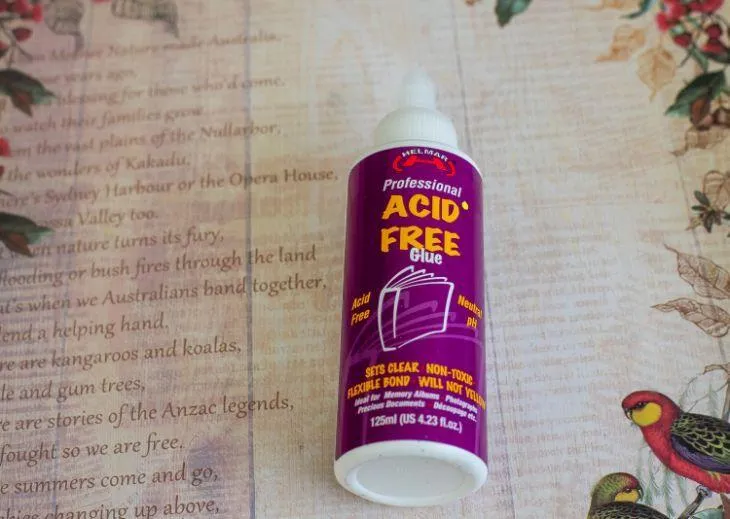
DON'T USE YOUR ORIGINAL PHOTOS
Make sure to scan and reprint your original photographs onto good quality acid-free paper before using them in your scrapbook. This is to ensure that your original doesn't get ruined by cutting it to fit, making a mistake, or tainting with an element that is not acid-free.
The photographs below have been reprinted to preserve the original and mounted onto white cardstock in ''polaroid'' style.
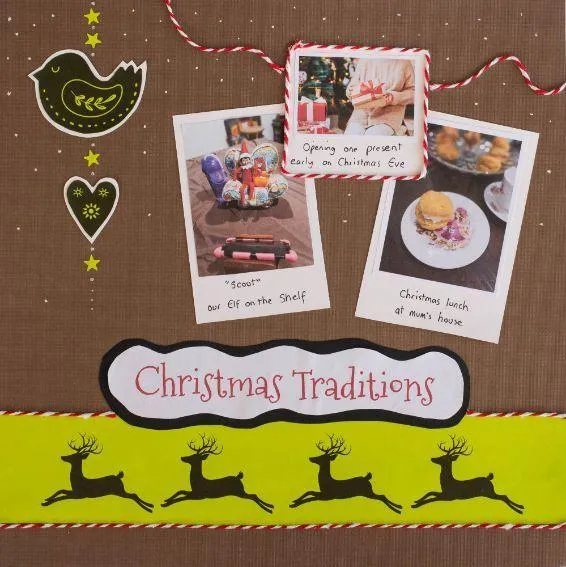
DON'T GO OVERBOARD WITH THE DECORATIONS
Don't cover every square inch of your scrapbooking layout with decorations, stickers, photographs, and embellishments. If you do this, it will look too busy and the viewer's eye will not be drawn to the photograph. Let your layouts breathe a little!
The below is a good example of making good use of space on a scrapbooking layout. The elements are not too cluttered and the eye is drawn to the photograph.
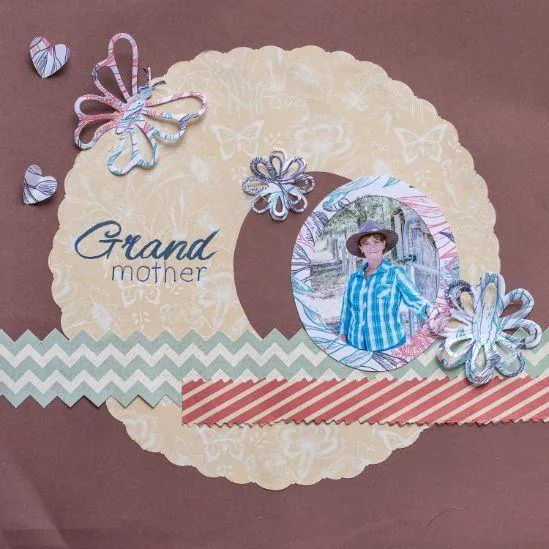
DON'T INCLUDE EVERY SINGLE PHOTO
Don't include every single photo of the moment. Just select your very best of your very favorite one or two photographs (maybe even three) and use them.
Using too many photographs draws attention away from the moment as the reader's eye will have trouble focusing on the one or two important photographs.


AVOID BULKY EMBELLISHMENTS
Books are not the best place to store bulky items and scrapbooks are the same. If your embellishments stick out from the page too much, it risks being damaged when you close the album and also risks damaging other things within the album.
Save the really bulky embellishments like chunky brooches or large 3D flowers for scrapbooking layouts that you plan to display on the wall or use as a display piece outside of the scrapbooking album.
NOW YOU KNOW ...
Now that you know a few golden rules of what to place in a scrapbook and what to avoid, go forth and create great layouts with your new scrapbooking knowledge. Do you have anything else you would add to our list of what to place in a scrapbook and what to miss? We'd love to hear your ideas!
Happy Scrapping!
HERE'S SOME OTHER SCRAPBOOKING ARTICLES THAT YOU MAY FIND HELPFUL
The Top 5 Scrapbooking Tools That Are Proven To Help You Create Better Layouts
12×12 Scrapbook Layouts Tips You Should Never Miss!
5 Tips To Creating Catchy Scrapbook Titles For Your Layouts
TOP 5 Scrapbooking Ideas I LOVE!
How to Scrapbook: The Ultimate 'Learning How to Scrapbook for Beginners'
Scrapbooking Tips: 10 Tips To Help You Create Even More Enchanting Pages!
5 Simple Scrapbook Organization Ideas and Tips!
Scrapbook Stores Online: Shop from the Top 7 Best Craft Stores
Contact Us | Login | Store | About | Reviews | Privacy Policy | Terms & Conditions | Returns
Copyright © 2025 by ScrapbookingCoach.com
We accept payment with:


